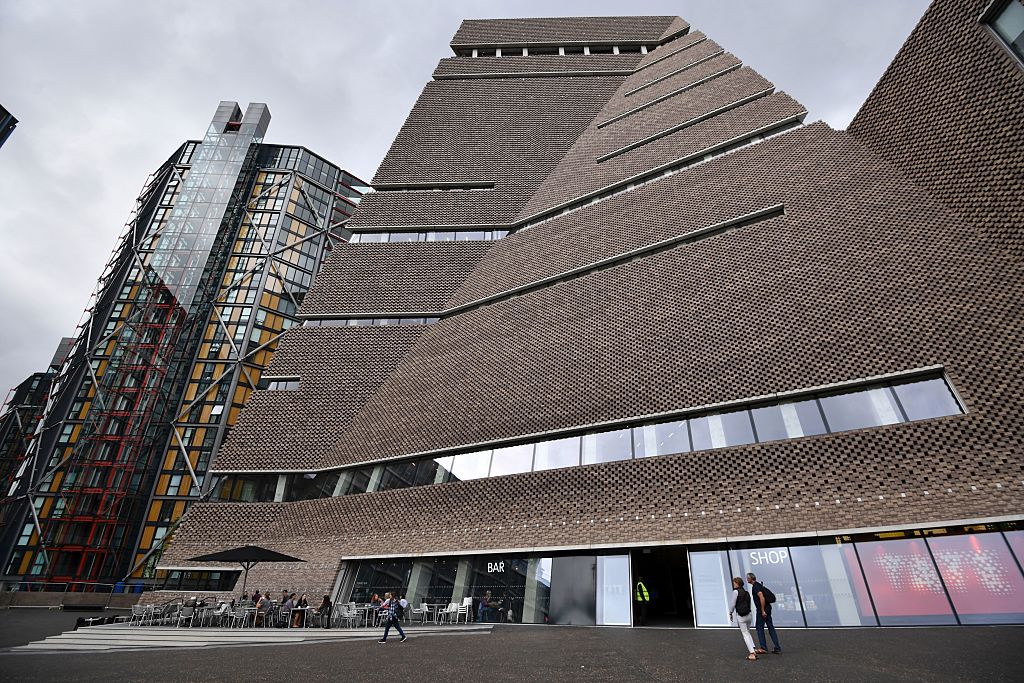
Visitors of Tate Modern extension’s viewing gallery peeping into the living area of the neighboring residential block “is a straightforward case of nuisance,” a top U.K. court has finally decided after nearly six years of legal battle.
Judges at the Supreme Court ruled in a majority of three to two that the Tate is liable in nuisance caused to the residents of Neo Bankside, a luxurious development neighboring Tate Modern’s Blavatnik Building, overturning the conclusions previously made by the High Court and the Court of Appeal. The case has been sent back to the High Court to determine the appropriate remedy for the situation.
Owners of four apartments at Neo Bankside on London’s South Bank, which was designed by Richard Rogers and completed in 2012, first took legal action against the museum in 2017 after the Tate Modern’s expansion at the Blavatnik Building opened to the public in June 2016.
The owners who acquired their glass-walled apartments in 2013 or 2014 applied for an injunction to stop visitors—an estimated 500,000 to 600,000 of them per year—from overlooking into their flats from the public viewing gallery located on the top floor of the museum’s extension, citing invasion of privacy. The viewing platform, offering panoramic views of the U.K. capital, has been the main attraction of the gallery’s $336 million (£260 million) extension.
The angry residents who complained of “near constant surveillance,” however, lost their cases in the High Court in 2019 and again in 2020 at the Court of Appeal. The latter told the apartment owners to resolve the issue themselves, such as installing net curtains or privacy film on the windows, lowering their solar blinds, or placing tall plants to block people from peeping into their apartments. The owners then took the case to the Supreme Court; a hearing took place in December 2021.
An image of the interior of a Neo Bankside apartment listed for sale on website Newsnow.co.uk. A man standing on the adjacent Tate Modern’s viewing gallery is clearly seen.
In a ruling handed down on Wednesday morning, Lord Leggatt, who gave the leading Supreme Court judgment agreed upon by two other judges, concluded that the matter was “a straightforward case of nuisance,” and photographs of the interiors of the flats have been posted on social media. “It is not difficult to imagine how oppressive living in such circumstances would feel for any ordinary person—much like being on display in a zoo.”
Despite the fact that the Tate has put up signs asking visitors to respect the privacy of their neighbors and even having security guards in place to stop visitors from taking pictures of the apartments, these measures did not seem to be particularly useful in an age when almost everyone had a smartphone camera on them, the court found. “Inviting members of the public to look out from a viewing gallery is manifestly a very particular and exceptional use of land,” which cannot be argued as a “necessary or ordinary” in the case of operating an art museum, the judge added.
Leggatt also suspected that the High Court and the Court of Appeal came to their previous conclusions because of the dilemma of potentially depriving the rights of the general public to enjoy the unrestricted view of London, should the courts have sided with a handful of owners of wealthy properties (apartments at Neo Bankside command a price between $616,995 to $3.7 million). But the judge said that this would be relevant to the question of remedy and whether or not to grant an injunction, rather than justifying the permission to allow “the defendant to infringe the claimants’ rights without compensation.”
The apartment owners involved in the legal dispute were “pleased and relieved” that after nearly six years, “the Supreme Court has now found in their favor” and recognized the residents’ “oppressive” living situation, said Natasha Rees, senior partner at Forsters and the lead lawyer advising the claimants. “Our clients now look forward to working with the Tate as valued neighbors to find a practical solution which protects all of their interests.”
A Tate spokesperson declined to comment as the Supreme Court has referred the case back to the High Court and the case is ongoing.
“The court found that the view into the neighbors’ homes from the viewing gallery, which attracted hundreds of thousands of visitors a year was unlawful,” Adam Gross, partner at law firm Fladgate, commenting on the case.
While the High Court will be tasked to decide whether to order an injunction or other forms of compensation, the case tables a key issue for future references. “Visual intrusion can be a nuisance where the use of property is not common and ordinary. And it is not a defense in those circumstances to say the neighbors should simply erect blinds or curtains to protect their privacy, or that the flats went up after,” Gross said.
More Trending Stories:
Construction Workers Discovered a Mysterious Statue of Hercules Buried Deep in a Roman Sewer
Legendary Photography Critic Vince Aletti on His New Book, Peter Hujar, and the Last Days of Disco